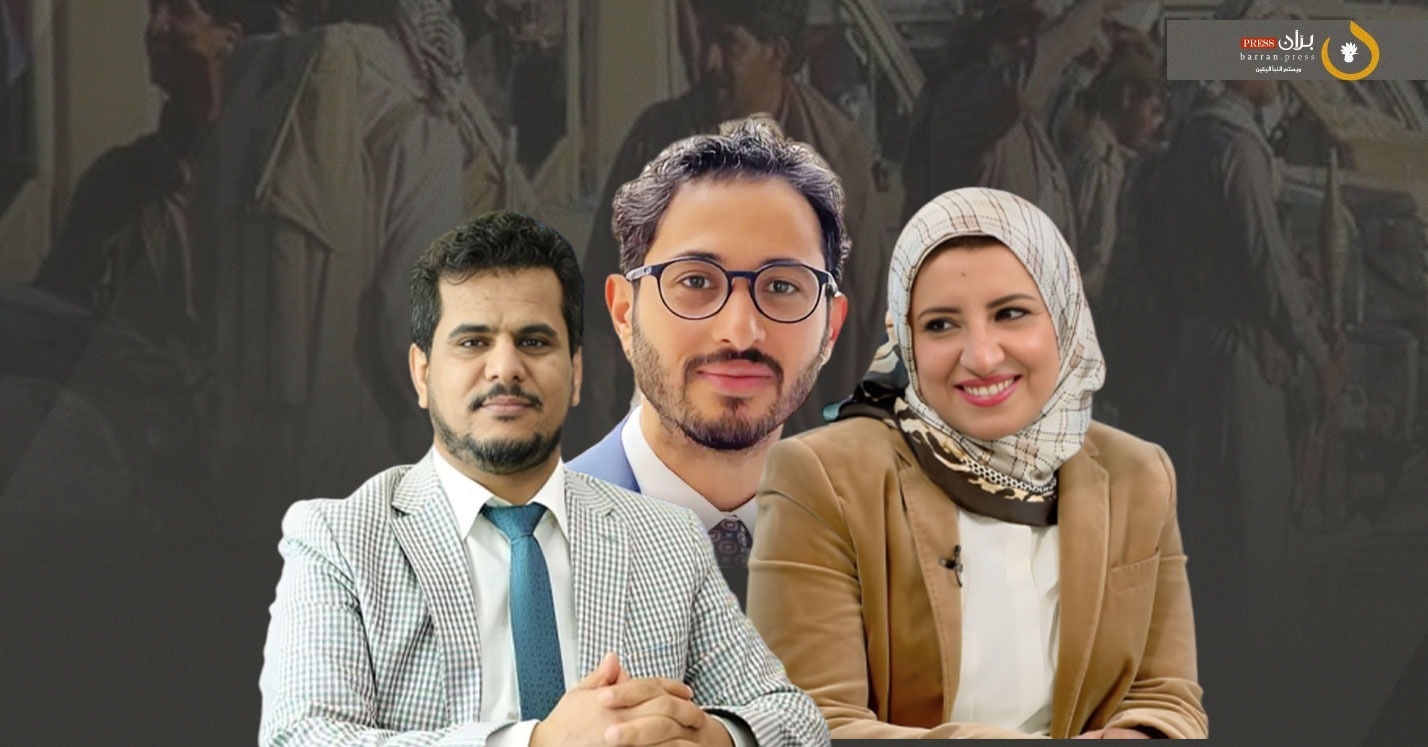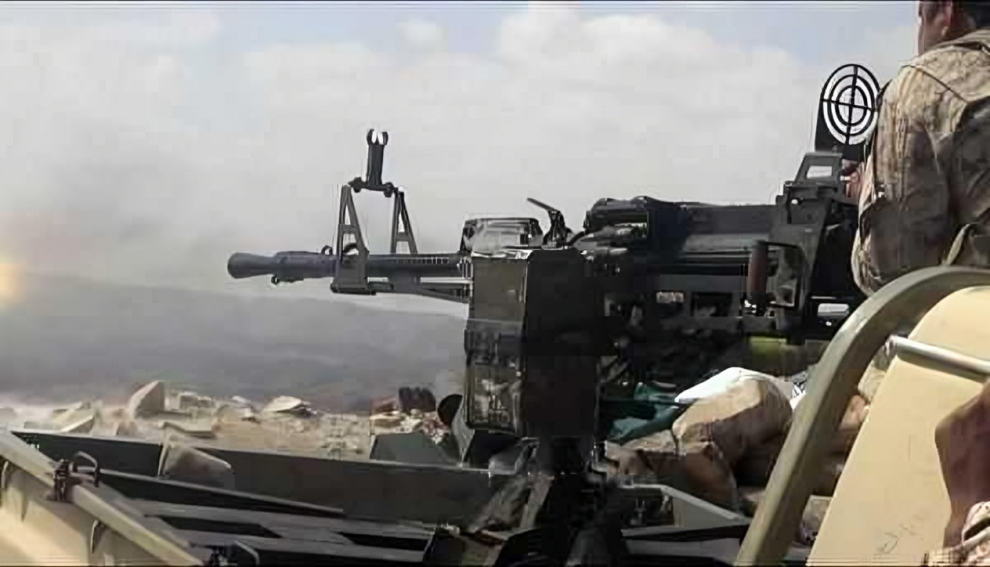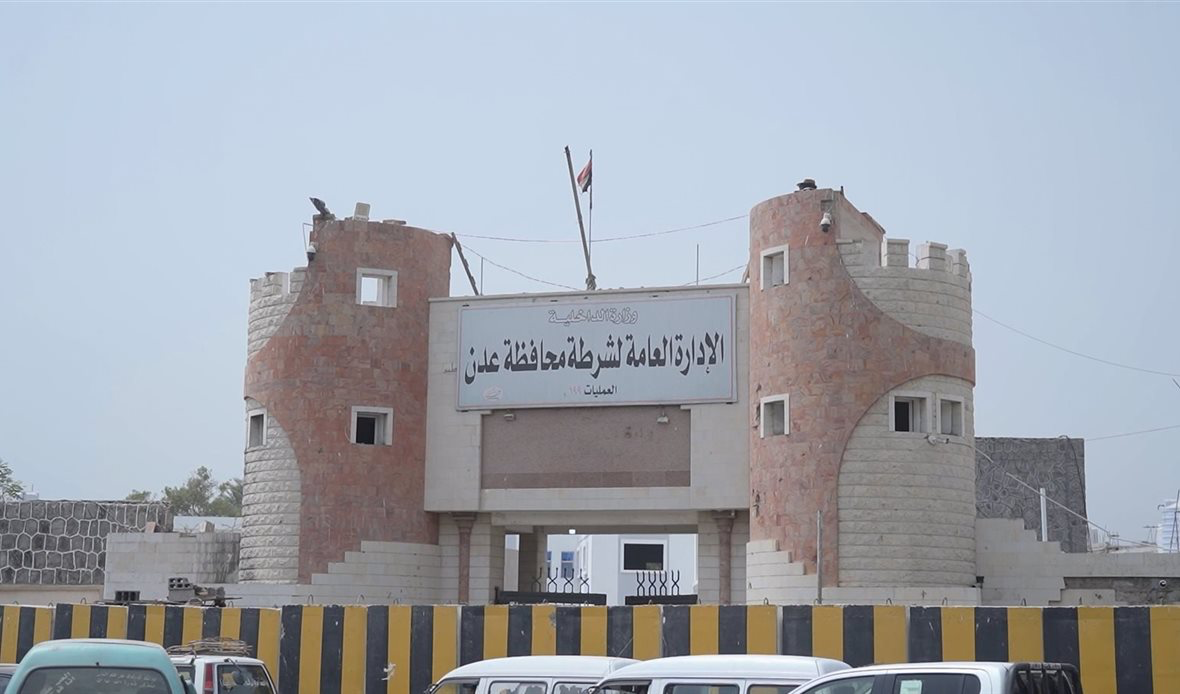
Barran Press
On September 18, 2024, Yemen marked the tenth anniversary of the "Matareh" phenomenon in Marib, a grassroots movement formed in response to the Houthi attacks aimed at seizing the oil-rich province.
In 2014, residents of Marib gathered voluntarily at these makeshift camps, known as "Matareh," establishing a formidable barrier against the advancing Houthi forces from the north, west, and south of the province. This mobilization occurred shortly after the Houthis had begun their campaign toward Marib, following their capture of the city of Amran in July and the fall of the capital, Sana'a, on September 21, 2014.
The Matareh camps were notable for the diverse participation of Marib tribesmen, who came together across various political and social affiliations, bringing their personal arms and equipment. This unity illustrated the deep-seated solidarity among the tribes, local authorities, and political parties in the face of external aggression.
In this report, "Barran Press" engages with researchers to explore the significance of the Matareh experience, the implications of Marib's stance, and how these lessons can be applied nationally.
A Pivotal Battle
According to Atif Jarallah, head of the Al-Mokha Center for Strategic Studies, the popular mobilization represented a "historical turning point," reflecting the community's profound understanding of statehood. He identified three key lessons from the "spontaneous and courageous uprising of the youth and tribes of Marib."
First, he emphasized the synergy between executive authority and grassroots movements, stating that the alignment of tribal leaders with the local government created a cohesive front among the people of Marib. However, he acknowledged the challenges posed by the disconnect between the Sana'a authority and that of Marib, noting that the Marib leadership effectively assumed a higher authority while the tribal leaders acted as a reserve force.
Maysaa Shujaa al-Din, a senior researcher at the Sana'a Center for Strategic Studies, described the battle for Marib as "a decisive moment in the Yemeni war." She asserted that if Marib had fallen, the situation across Yemen would have deteriorated significantly. "Had Marib collapsed, the Houthis would have had an open path throughout Yemen," she warned, noting that no faction could withstand such an onslaught.
Shujaa al-Din argued that the Marib confrontation determined many trajectories in the conflict, stating, "We would have seen the Houthis expanding their reach or at least threatening other regions, particularly Hadramout and other vulnerable southern areas."
Jarallah echoed her sentiments, suggesting that if the Houthis had breached Marib, they could have quickly advanced to Al-Mahra, potentially encircling Aden once more. He characterized the Matareh camps as the "last bastion of the republic," serving as a shield for state institutions that later sought refuge under their protection. This resistance, he noted, was also the initial step in constructing a new state framework, leading to the establishment of the ministries of defense and interior.
Ultimately, he stated that the national army, which is now the official force of the Yemeni state, was built under the protection of the resistance that emerged from the Matareh experience.
Exceptional Leadership
On the tenth anniversary of the Matareh phenomenon in Marib, Ibrahim Jalal, a researcher at the Middle East Institute, spoke with "Barran Press" about Marib's significant role in resisting the Iranian-backed Houthi coup, which was cloaked in political maneuvering under international oversight.
Jalal highlighted that the local authority in Marib, under its exceptional leadership, showcased a remarkable bravery in mobilizing material, community, and institutional resources to defend national principles, sovereign institutions, and infrastructure. This effort emerged during a time when the state had abdicated its constitutional responsibilities, and various influential figures acted out of non-national motives.
He noted that Marib successfully thwarted the Houthis' attempts to undermine the republic in the collective consciousness of Yemenis, becoming a safe haven for all Yemenis, including resistance fighters.
Throughout the conflict, Marib's sacrifices and achievements have emerged as a model for managing military, humanitarian, and developmental pathways in parallel. Jalal emphasized the necessity of a "comprehensive institutional review" as the sole guarantee for preserving these accomplishments and moving towards a more stable future with sustainable achievements.
Despite disparities in armament and political pressures, Jalal affirmed that the Matareh camps stood firm in defense of the constitution, reflecting a unique republican awareness within the community. This awareness, he explained, intertwines an understanding of historical imamate practices with future obligations, occurring even amidst the collapse of central authority.
He stated, "In the broader context, the state's responsibility is to protect society. In its moment of collapse, the Matareh formed a powerful adjunct to restore the state, reaffirming its identity and values."
Defying the Impossible
The second lesson Jalal discussed with "Barran Press" pertains to the timing of events. He believes that "the people of Marib played a crucial role even before the start of Operation Decisive Storm, as did the resistance in Taiz and Aden."
He emphasized that the Matareh served a purely national function, despite the seemingly insurmountable challenges they faced. Many believed that these camps would not withstand the onslaught of forces descending from Sana'a and surrounding Marib, with some units still taking orders from the capital—as seen in many provinces.
Jalal remarked, "For a community and local authority to emerge in the Matareh, facing forward while feeling targeted from behind, demonstrates remarkable political and national courage that deserves careful reflection."
He explained that this stance was taken in an environment of extremely high challenges and significantly low opportunities for Marib's protection, let alone advancing toward Sana'a, which seemed nearly impossible.
Nonetheless, he noted that the people of Marib succeeded in "neutralizing a geographical area that called upon all free Yemenis, who rallied to strengthen the resistance, paving the way for Operation Decisive Storm."
Summarizing this moment, Jalal stated, "The Matareh secured a specific geographical zone and halted a historical trend of defeat at that moment. When local transformations occurred through the popular uprising in Marib and regional changes manifested in Operation Decisive Storm, the Matareh delayed the Houthi expansion and shifted the course of history towards the restoration of the state and the republican system."
Brave Party Role in Marib
In a recent interview, Aatiq Jarallah discussed the role of political parties in Marib, noting that their stance was markedly different from their national counterparts. He pointed out that the General People's Congress (GPC) in Marib played a contrasting role compared to the central party, while the Islah Party demonstrated a bolder and more courageous approach than its central leadership.
Jarallah emphasized that other parties were also actively involved, contributing to a sense of unity and cohesion among the community. He views this as a vital lesson: the strength of community solidarity, even with limited authority, can lead to greater achievements.
Ibrahim Jalal echoed this sentiment, calling for a comprehensive assessment of political parties at the national level. He highlighted a critical lesson from Marib's party branches: the distinction between the decisions made by party centers and their implications during pivotal moments. For instance, the head of the GPC in Marib supported the Matareh, diverging from the party’s overall stance due to a recognition of the existential threats facing the region and the constitutional legitimacy.
The Myth of Houthi Invincibility
According to Maysaa Shuja' al-Din, the significance of the Marib battle lies primarily in its ability to dismantle the myth that the Houthis are invincible. This battle occurred during a period when the Houthis had scored numerous military victories, notably in places like Al-Dhale and Aden. However, Marib proved to be the longest and most challenging confrontation.
Shuja' al-Din noted that the Houthis were particularly entrenched in Marib, mobilizing significant resources and support with sectarian and ideological dimensions. Nonetheless, she underscored that the core issue remains the wealth of Marib.
The struggle in Marib forced the Houthis to confront the reality of their vulnerability, as they had previously believed in their invulnerability. They often attributed their defeats to external forces rather than acknowledging the strength of internal opposition.
Despite receiving minimal support, Shuja' al-Din asserted that the Marib battle demonstrated that the struggle was not merely about external backing but showcased the resilience and determination of the Yemeni people against the Houthis.
Jalal further emphasized that the Matareh challenged the Houthi narrative of strength, both before and after the fall of Sana'a, supported by Saudi and Emirati forces.
Historically, Shuja' al-Din remarked that Marib and its tribes have consistently aligned with republican ideals, resisting Zaydi imamate dominance. This alignment is rooted in their historical legacy within the broader context of the Yemeni republic, transcending regional or sectarian motivations.
She described the battle as a "heroic epic," highlighting the significant losses incurred by both sides and the extraordinary sacrifices made by the people of Marib, who effectively served as a bulwark against Houthi expansion.
A Model of Coexistence
Throughout the extended conflict, Shuja' al-Din noted that Marib displayed remarkable resilience, particularly as its tribes overcame internal divisions and collaborated with various political forces involved in the war.
The prolonged nature of the conflict showcased significant perseverance and bravery among the residents, despite the indiscriminate Houthi missile strikes that affected many civilians.
Shuja' al-Din also highlighted the large number of displaced individuals residing in Marib, emphasizing that the city has embraced everyone in the aftermath of the war. Once a neglected city with minimal infrastructure, Marib has transformed into a sanctuary for many, despite facing considerable challenges and negative stereotypes.
Post-war, Marib has demonstrated its capacity to accommodate all Yemenis, successfully presenting a model of inclusivity and coexistence, especially given its limited resources. Shuja' al-Din noted that before the war, Marib's infrastructure was severely lacking, yet it managed to shoulder the burdens of a significant influx of displaced people without substantial external assistance, a testament to its resilience and community spirit.
Changing Perceptions in Marib
Despite the recent adverse events affecting the Yemeni state and society, Aatiq Jarallah argues that these developments have altered certain perceptions, particularly regarding the people of Marib. He noted that they were often portrayed as disruptors—cutting off electricity and blocking roads—as if they were mere tribesmen disconnected from the state. However, the reality has proven to be quite the opposite.
Over the past few years, Jarallah highlighted the significant role of Marib's Governor, Major General Sultan al-Aradah, who has emerged as a prominent statesman, supported by local leaders from various political parties.
“There is no longer any racism or discrimination in Marib,” he stated. “The people of Marib have demonstrated their generosity, patriotism, and citizenship simultaneously.”
Jarallah pointed out that the residents of Marib have risen above internal feuds, recognizing a common external threat. This sense of unity has allowed them to prepare for challenges while setting aside their differences.
Today, he emphasized, "the Marib front has become emblematic of the state, representing a welcoming haven for the free people of Yemen."
A Safe Haven
In his concluding remarks to "Barran Press," researcher Ibrahim Jalal noted that Marib remains a primary target for the Houthis. He clarified that this is not only due to its political, cultural, social, and economic significance but also because it serves as a bastion for the defense of the republic and the restoration of the state.
Jalal stressed that Marib has proven its ability to uphold the values of the state and the republic, revitalizing these ideals within the collective consciousness of its people. The resilience of Marib stands as a cornerstone for the republic, embodying hope as it continues to be a safe haven and a fundamental pillar for the broader project of state restoration, in collaboration with national forces across the country.





